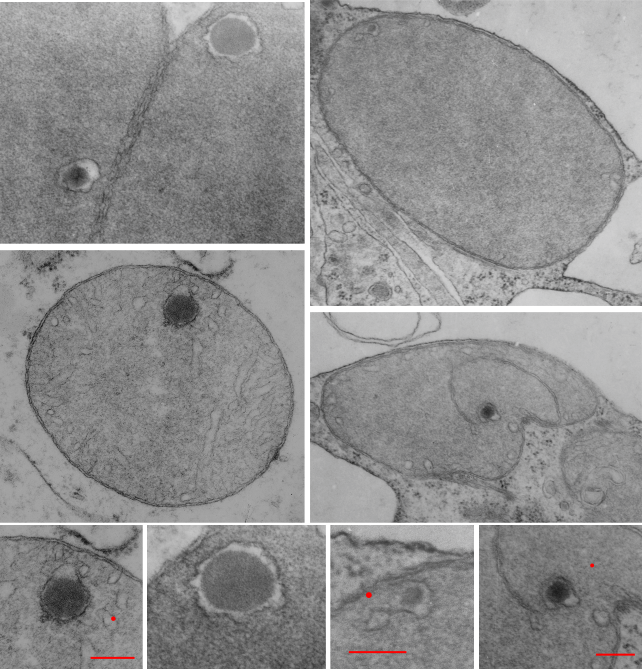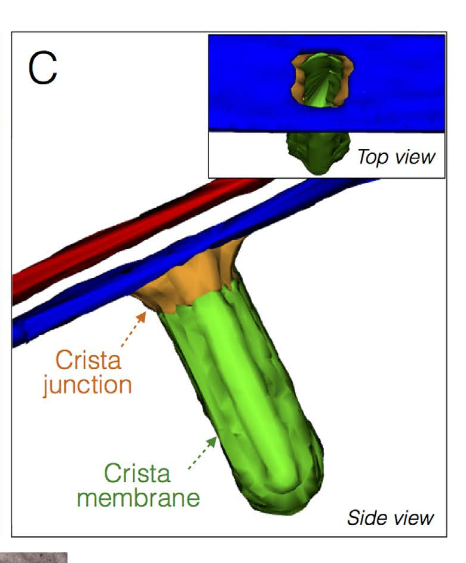Quoting from Chen, et al, “Hepatocyte-specific Gclc Deletion Leads to Rapid Onset of Steatosis with Mitochondrial Injury and Liver Failure” ……a gene essential for GSH synthesis was disrupted by engineerig the albumin-cyclization recombination (Alb-Cre) transgene to disrupt the Gclc gene specifically in hepatocytes and deletion
within the Gclc gene was mostly complete at postnatal day 14, and GCLC protein nearly depleted at postnatal day 21. GSH depleted in weeks 2 – 3.
Mitochondrial loss of GSH was less severe than cytoplsmic loss but ultrastructural changes in mitochondrial morphology were quite prominent and explanations for those changes (at least in part) were not known at the time. Mitochondria had greatly reduced cristae membrane surface and very much increased matrix. In addition, a ballooning of some portions of the mitochondria “distorted” parallel cristae as if being squeezed to one end or the other of the mitochondrion.
These alterations were accompanied by striking decreases in mitochondrial function in vitro.
Two publications (Daves et al 2011, Daves et al 2012), might shed some light on the shape of cristae (that is their lack of a traditional cristae shape) and possibly relevant to the ballooned matrix of the mitochondria in KO mice. This is regarding the ability of ATP synthase dimers to “bend” the cristae membrane at an angle and being responsible for the acute angle on the edges of flattened cristae, as they are located on ridge area of cristae. The abrupt curvature is classic for mitochondrial cristae particularly in heart muscle, and skeletal muscle, but also in liver, and less prevalent in mitochondrial cristae morphology some other tissues. Also seen within cristae are small round pickets of a homogenous relatively electron dense protein. No explanation for the latter have been found yet.









 .
.
